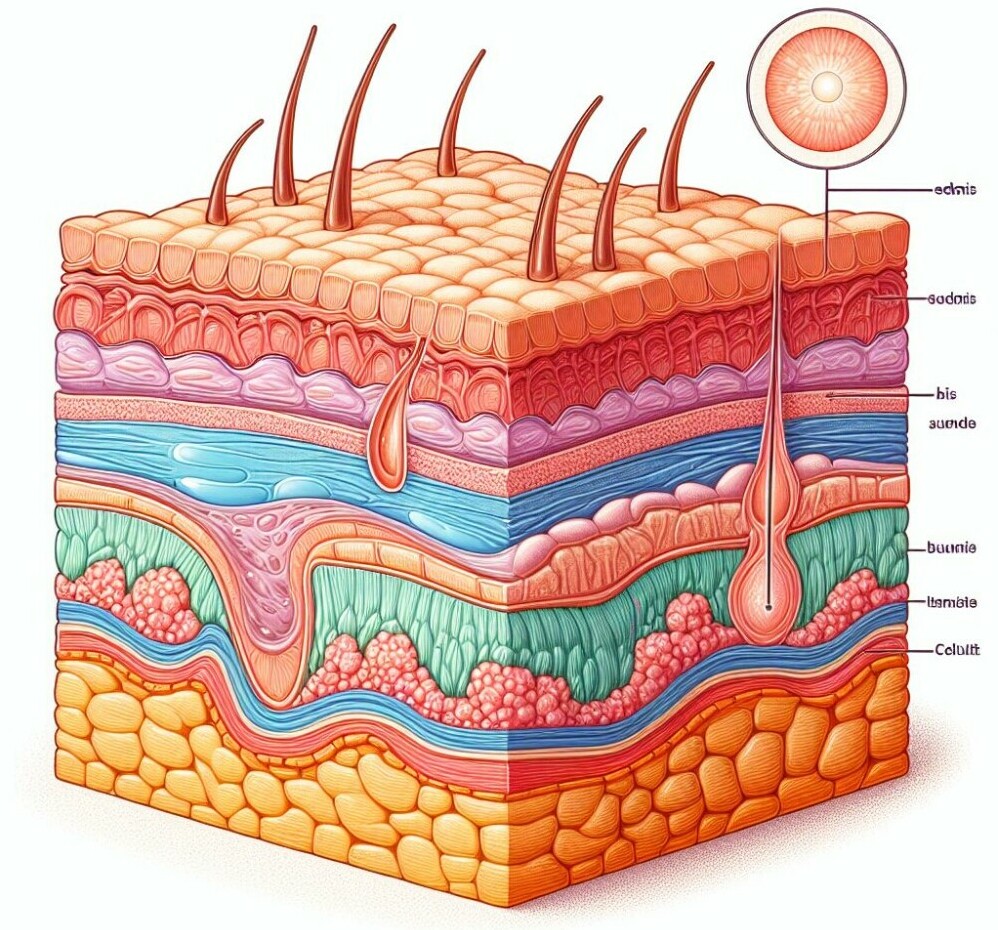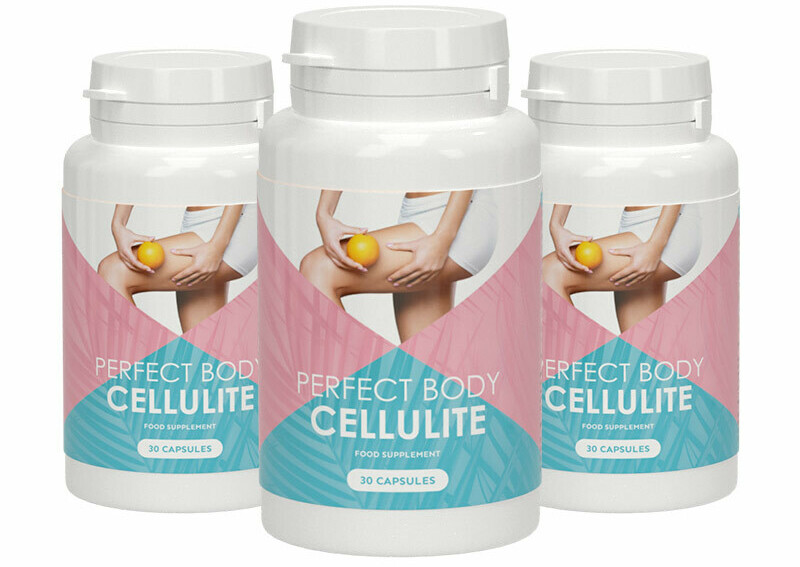When you hear the word ‘cellulite,’ you might think of the dimpled, cottage cheese-like texture that can appear on the skin. It’s a term that’s often used but rarely fully understood. I’m going to break down what cellulite is and why it becomes a part of so many people’s lives.
Cellulite isn’t selective; it can show up regardless of size or shape, but it’s a condition that women encounter more often than men. Why? It’s largely due to the differences in the way our fat, muscle, and connective tissues are distributed. This isn’t just about aesthetics; it’s also about biology.

Digging a bit deeper, cellulite occurs when fat deposits push through the connective tissue beneath the skin. This causes the lumpy appearance that many try to smooth out. Remember, having cellulite is as normal as having hair or fingerprints—it’s a part of being human.
Before we move forward, I want to clear up some misconceptions. There’s no shortage of myths surrounding cellulite, including ideas about it being a sign of poor health or something only overweight people have. Let’s set the record straight: cellulite can affect anyone, and it’s neither harmful nor an indication of fitness level or health status.
The Causes Behind the Skin’s Dimples and Bumps
I’m going to take you through the myriad of factors that contribute to the formation of cellulite. It’s important to understand these in order to tackle the issue effectively.
First off, genetics play a significant role. If your mom and grandma dealt with cellulite, chances are you’re going to see it in the mirror too. You see, certain genes influence fat distribution, metabolism, and circulatory levels, which all are part of the cellulite equation.
Then, there’s the matter of hormones. They’re like the directors of your body’s play, guiding where fat is stored and how your connective tissue behaves. For instance, estrogen can cause fat cells to enlarge, and as they push against the skin, guess what? They lead to that puckered appearance we know as cellulite.
It’s not just what’s in your genes and hormones; it’s also about how you live your life. I’m talking about your diet, your workout routines, and even stress levels. A habit of processed foods, minimal exercise, and high stress can all make cellulite more noticeable.

Age and body composition can also tip the scales, literally and figuratively. As you get older, your skin becomes thinner and less elastic which can make cellulite more visible. And let’s not forget body fat percentage – the more there is, the more likely it is to press through weakened connective tissue and show on the surface.
I’m not just giving you a bunch of problems, though. Let’s take this understanding and see how we can work with it. That’s going to include examining natural solutions like Joey Atlas Exercises, which can target the very root of the cellulite conundrum.
Moving Beyond Myths: Natural Ways to Reduce Cellulite
I’m going to break down some of the natural strategies that might help manage cellulite. This isn’t just about quick fixes; it’s also about long-term health and skin vitality.
Your diet plays a crucial role in skin health. Choosing foods rich in antioxidants can help protect skin tissue, while staying hydrated keeps the skin elastic and smooth. Additionally, certain foods are believed to help reduce inflammation, potentially lessening the appearance of cellulite.
Among the plethora of exercises out there, Joey Atlas Exercises stand out when it comes to targeting cellulite. These are a series of low-impact, high-intensity movements, specifically designed to tighten and tone the areas most susceptible to cellulite, such as the thighs and buttocks. I’ll tell you this; users often report not just a reduction in the appearance of cellulite, but also an improvement in their overall strength and endurance.

But don’t worry too much about being perfect with your routine. The key is consistency and finding a blend of activities that you enjoy enough to stick with in the long term. Besides Joey Atlas’ routine, incorporating other natural solutions, like dry brushing and massaging problem areas, may also support circulation and reduce cellulite visibility.
Now, what about the help from the inside out? Supplements like Cellinea Pills, which we’ll get into more deeply in the next section, are designed to support the body’s natural process to maintain healthy skin and tackle cellulite. However, it’s paramount to approach these with caution and skepticism, as results can vary widely.
Cellulite Supplements: Are They Effective?
I’m going to tackle a question that’s on a lot of people’s minds: Are cellulite supplements effective? With a market flooded with pills and potions claiming to banish cellulite, it can be tough to separate fact from fiction.
Let’s talk about Cellinea Pills first. These are marketed as a tool to help reduce the appearance of cellulite from the inside out. The pills contain a mix of ingredients, some aimed at improving circulation, others allegedly targeting fat metabolism. Users often share their personal victories, but I’m here to remind you that individual experiences don’t equate to universal truths.

Now, there’s another option: Perfect Body Cellulite pills. They’re also chock-full of ingredients that promise to smooth out dimples on your thighs and buttocks. The reviews are mixed and, in my opinion, what works for some may not work for all.
The critical thing to keep in mind is the backing of scientific evidence. While some ingredients in these supplements have studies suggesting benefits for skin health or fat metabolism, comprehensive research on their effectiveness against cellulite specifically is less abundant.
When considering these supplements, don’t overlook the importance of consulting a healthcare professional. It’s not just about avoiding side effects; it’s also about ensuring any supplement is appropriate for your overall health plan.
Remember, supplements might offer a helping hand, but they probably won’t be a magic bullet. You can always adjust your approach down the road, and choosing something that resonates with you – and your doctor’s advice – is vital.
Creating a Personalized Plan for Cellulite Management
When it comes to tackling cellulite, one size doesn’t fit all. Your genetics, lifestyle, and body type play significant roles in how cellulite manifests on your body, so it’s critical to assess your personal situation. Start by evaluating your daily habits, diet, and exercise routine, and set realistic, achievable goals for yourself.
Incorporating a range of approaches can be more effective than relying on a single method. You might find that a combination of natural exercises, like those developed by Joey Atlas, coupled with dietary adjustments, offers visible improvements in the appearance of cellulite. Remember, gradual changes are more sustainable and can lead to longer-lasting results.
Don’t be quick to dismiss the potential benefits of professional treatments. While they can be pricier, some individuals may find value in the expertise and technology that professionals bring to cellulite management. It’s essential, however, to approach these options with realistic expectations and to consider them as part of a broader wellness plan.

Above all, I’m here to remind you that managing cellulite is just one aspect of caring for your body. While it’s great to work towards smoother skin, don’t overlook the broader picture of health and well-being. Embrace a balanced perspective that values body positivity and self-care. And remember, perfection is not the goal—comfort and confidence in your own skin is what truly matters.
Read about 5 Critical Keys to Kill Cellulite
Leave a Reply